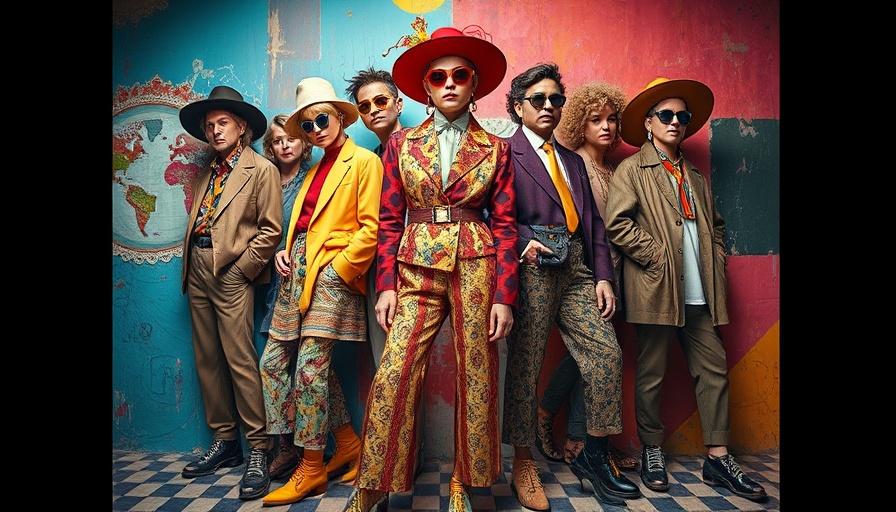
The Unforgettable Journey of Jonathan Anderson at Loewe
With a tenure spanning over a decade, Jonathan Anderson has unequivocally transformed Loewe from a quiet leather goods house into a powerhouse of creativity and cultural significance. Known for his innovative fusion of craft and artistry, Anderson's imaginative approach has left indelible marks on the fashion world, marking his exit as a moment of reflection and appreciation for his unique contributions.
Embracing Contradictions: Löwe’s Signature Style
Throughout his time at Loewe, Anderson was never shy about embracing contradictions. His approach is defined by a constant tug-of-war between hand and machine craftsmanship. Initially anchored in the artisanal heritage of Loewe, which was reflected in pieces like layered leather accessories, he gradually introduced technology into his designs, creating thought-provoking garments that juxtaposed the natural world with digital influences.
For example, his spring 2023 men's collection pushed this dialogue further, featuring garments like jackets with screens affixed to them, presenting nature footage that blurred the lines between reality and virtual existence. This exploration of the interplay between reality and technology marks a moment of evolution in Anderson's narrative, challenging us to reconsider our perceptions in a rapidly changing world.
The Power of Artistic Collaborations
Anderson's genius has also been showcased through collaborative projects that elevated Loewe beyond typical fashion lines into artistic realms. By collaborating with renowned artists, he transformed Loewe boutiques into immersive gallery spaces, showcasing stunning installations that captivated customers. From paintings to unique sculptures, each store visit became an invitation to experience art intertwined with fashion.
The artist-driven aesthetic resonated during fashion shows too, where his carefully curated settings offered visual stories that he expertly crafted. These unique installations established a dialogue between art and fashion, allowing attendees to engage with the collections on emotional and intellectual levels.
The Duality of Wearability
Anderson's tenure has also highlighted an intriguing dichotomy between wearable designs and avant-garde pieces that challenge conventions. The introduction of items like the Ballet Runner showcased his flair for creating functional and stylish footwear, quickly making it a bestseller. Conversely, his more abstract pieces, such as conceptual dresses adorned with embroidered works by contemporary artists, sparked conversation and curiosity.
This balance of mainstream appeal with daring creativity set Loewe apart, affirming its position as a brand that celebrates both marketability and experimental artistry.
The Emotional Underpinnings of Fashion
Fashion, particularly during Anderson's era, evolved into a narrative vehicle reflecting societal nuances and personal experiences. The effects of global events, such as the COVID-19 pandemic, were evident in his collections, where he suggested a reset for the fashion aesthetic. Anderson's keen insights into contemporary life and culture positioned Loewe as not just a label, but as a thinking brand capable of provoking important conversations about art, nature, and identity.
What Lies Ahead for Loewe
As we bid farewell to Jonathan Anderson at Loewe, the anticipation surrounding his next move is palpable. His departure leaves a question mark on the future of the brand and what directions it may take next. Anderson's achievements will likely shape the course for upcoming designers, proving that there is immense value in balancing tradition with innovation.
His success provides inspiration for budding creators who aim to challenge the status quo in their own respective fields. The world awaits to see how the legacy of Jonathan Anderson will metamorphose into the future of fashion.
In conclusion, Anderson’s decade-long journey at Loewe symbolizes a powerful blend of craft, art, and cultural commentary, encapsulating the transformative potential of modern fashion. As the industry looks forward to new narratives, Anderson's contributions stand as a testament to the importance of innovation and creativity in shaping the future of fashion.
 Add Row
Add Row  Add
Add 




Write A Comment